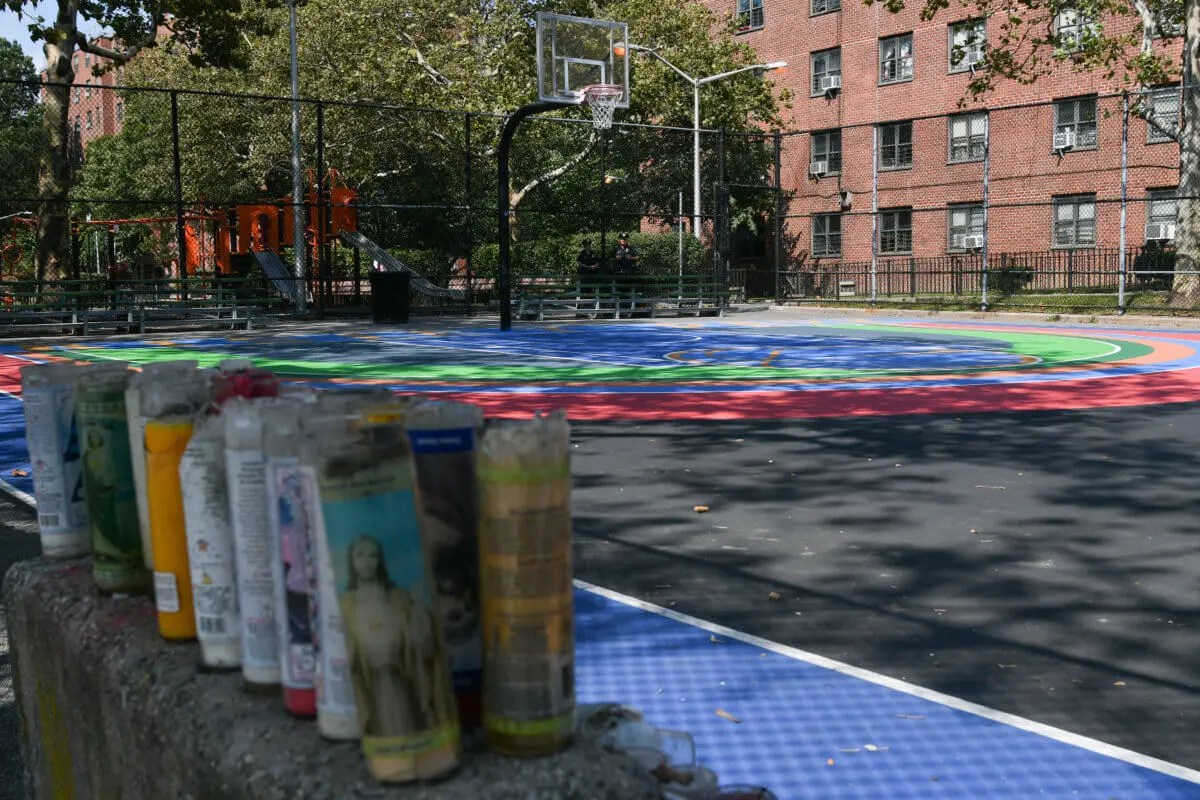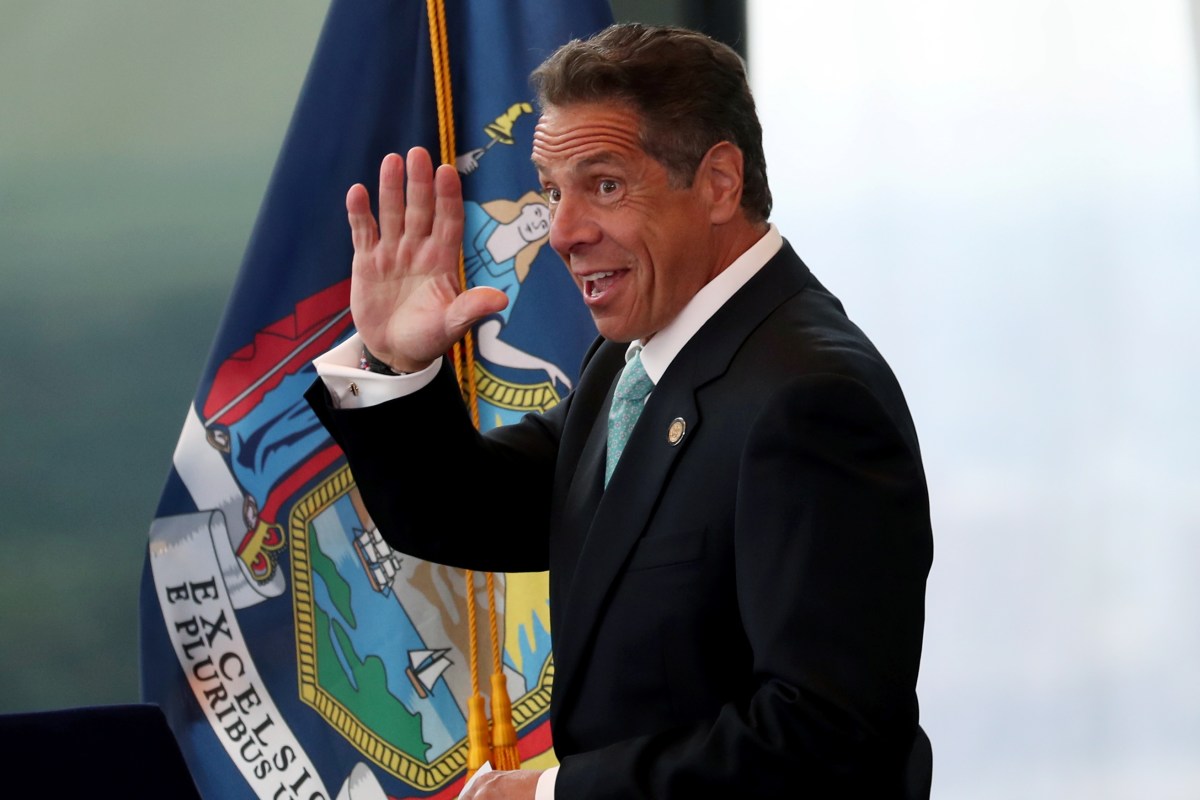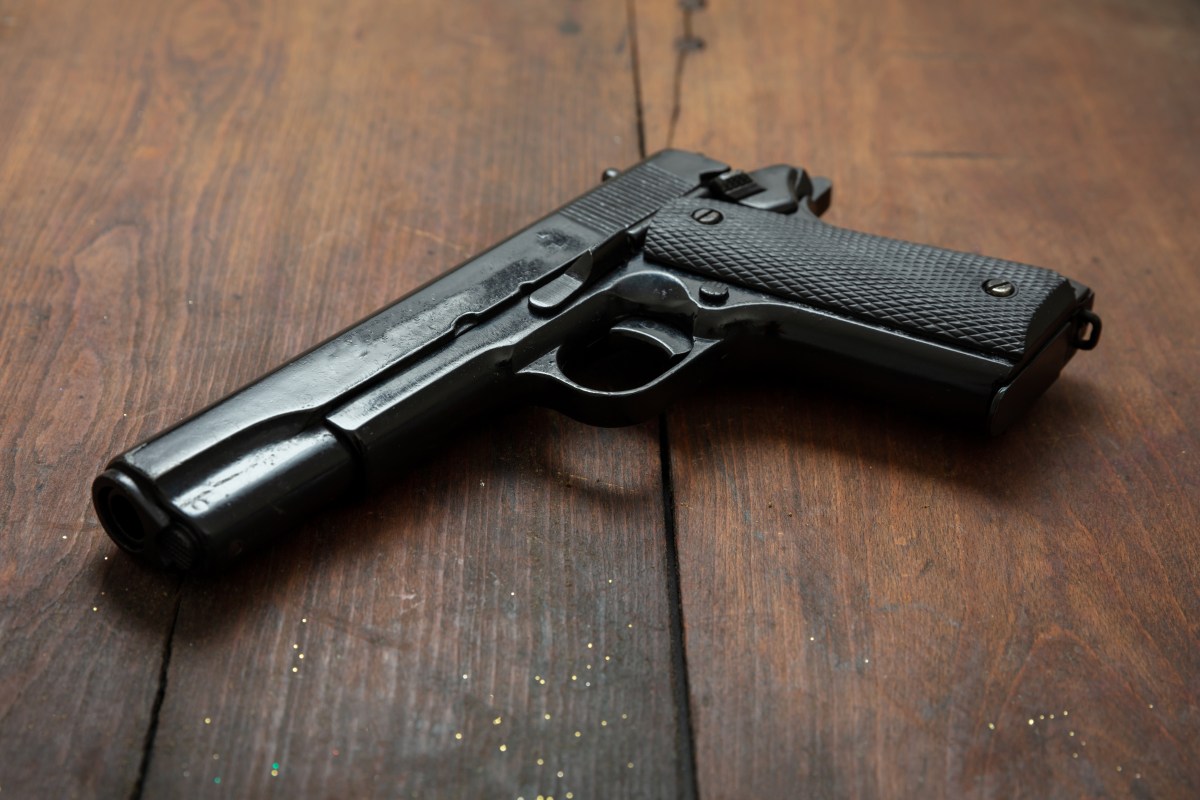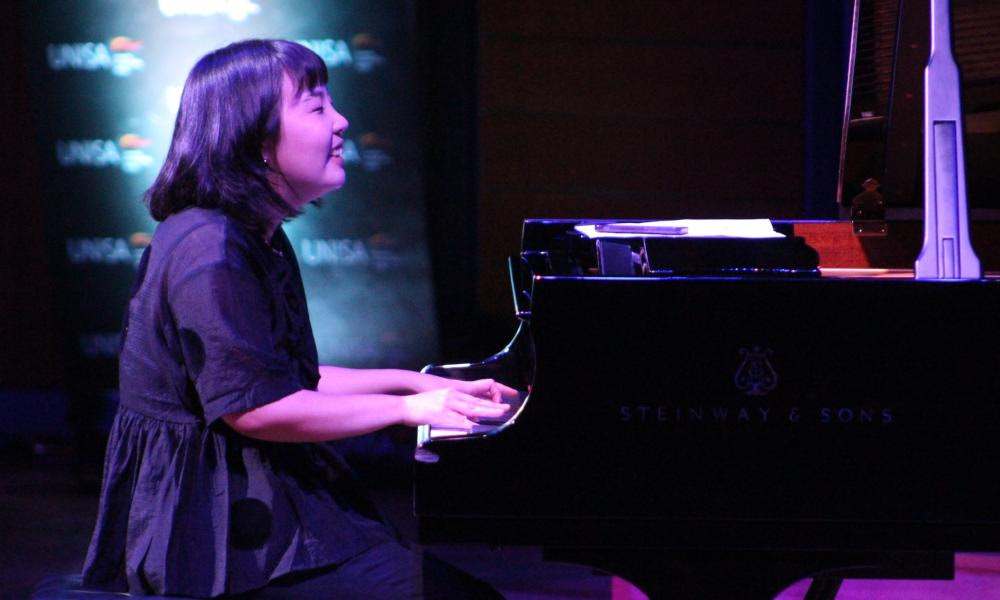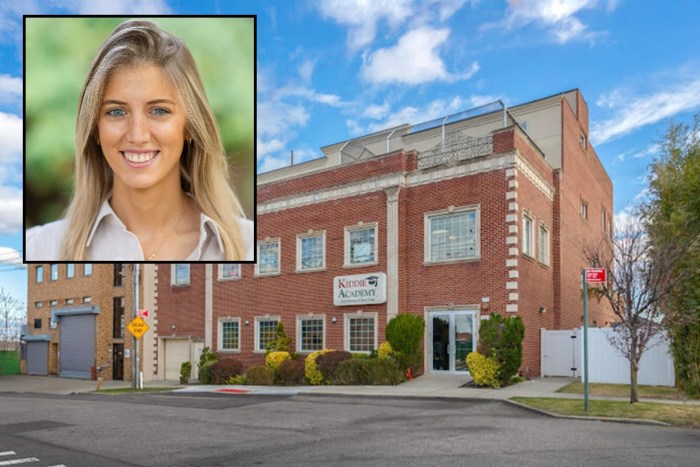
BY DENNIS LYNCH | Half a dozen pedestrians were killed by vehicles on the streets of Chelsea and Hell’s Kitchen last year, prompting local leaders to request the city implement more pedestrian-friendly traffic signals throughout these West Side neighborhoods.
The six 2016 pedestrian deaths total four more than the number of deaths in 2014, when Mayor Bill de Blasio started the Vision Zero campaign to cut all traffic fatalities in half citywide by 2025.
The Transportation Planning Committee of Community Board 4 (CB4) sent a letter to the Department of Transportation (DOT) that asked them to put more split phase signals around the district to curb fatalities.
Split phase signals typically give pedestrians a walk signal first, while turning motorists sit at a red light. Then the motorists get the green to turn (hopefully) without any pedestrians in the crosswalk. At least two of last year’s fatalities occurred when a pedestrian was legally crossing in a crosswalk and was hit by a turning vehicle.
Split phase signals are popular with transit safety advocates because some evidence shows they are the most effective signaling scheme for reducing injuries and deaths.
A 2014 DOT-funded study found that pedestrian and cyclist injuries dropped by two-thirds between 2000 and 2007 when the DOT implemented split phase signals, although it did cause an increase in multi-vehicle over-taking crashes.
While the committee noted that DOT has been cooperative and implemented a number of split phase signals in the district, their letter argued the agency has been too slow and hasn’t implemented enough. The signals are needed at certain trouble intersections, such as W. 42nd St. and Eighth Ave. and at W. 39th St. and 10th Ave., where a woman was recently crushed to death by a truck — but the DOT has failed to implement them, according to CB4 Transportation Committee Co-Chair Christine Berthet, who is also a founding member of the Clinton Hell’s Kitchen Coalition for Pedestrian Safety (CHEKPEDS).
“I think they are not attacking those complicated intersections; maybe they are in other neighborhoods, but not in ours. Not to put words in their minds, but maybe that’s because that’s where traffic is so intense, maybe they are afraid of slowing down traffic,” she said.

Berthet said elected officials should be held responsible too.
“You have to make a political decision that you are the party that is going to be the pedestrian party, and then it becomes simple,” she said. “You have to decide what to prioritize first, and if you want Vision Zero you would want to prioritize pedestrians.”
The reason for the higher number of deaths last year is unclear, but could be because of higher population or increased tourist traffic, Berthet said.
Berthet believes that the DOT should implement split phases at all intersections in the district and have a “standardized toolkit” to do so, which would save time because the department wouldn’t have to study each intersection. Some may be concerned that it would make vehicle traffic even worse in Manhattan, but Berthet doesn’t think it would slow down motorists any more than they are now.
“In many situations, the cars can’t turn because there are pedestrians, so it’s a false argument that they slow down traffic,” she said. “They are fighting; [the] only thing you’re doing is organizing the chaos.”
The committee identified 11 intersections from W. 14th St. to W. 57th St. that need some sort of pedestrian-friendly changes: one on Seventh Ave., four on Eighth Ave., three on Ninth Ave., two on 10th Ave., one on 11th Ave., and one on the West Side Highway.
Citywide, the number of overall deaths fell from 258 in 2014 to 233 in 2015. It dropped again, to 229 last year — the lowest since record keeping started in 1910, according to the city’s Vision Zero website (nyc.gov/visionzero). The number of pedestrian and bicyclist deaths has steadily declined during those years as well, from 160 to 152 to 145. Pedestrian-only deaths jumped from 139 in 2015 to 144 last year.
Along with changes to signals, lawmakers dropped the citywide speed limit from 30 miles per hour to 25 miles per hour and got tougher handing out tickets to drivers.




